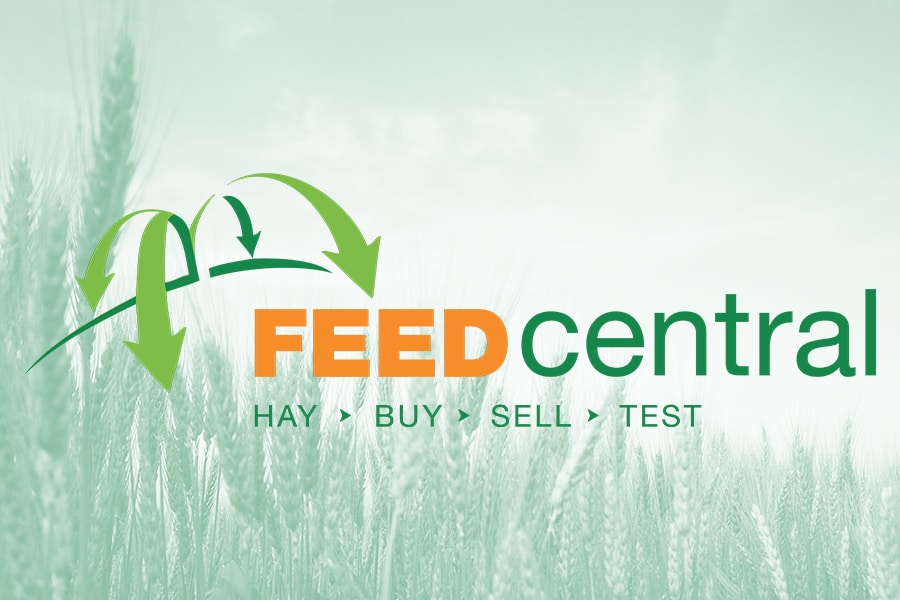September 2021
Contributor: Jock Jackson (Account Manager) & Cieran Maxwell (General Manager).
KEY POINTS
- Hay movements remain low. Prices movements to clear old season product. Limited quality left in the current market.
- New season is upon us, overall new season production is down in comparison to the last two years.
- 12-month outlook on new season hay.
OVERVIEW
New season is upon us. Feed Central wants to know if you are making hay or looking to purchase. The team is here to assist buyers and sellers in this very tight market. This market report is focused on the supply of hay moving forward with little emphasis put into the demand function as there has been little to no change in the last few months.
SUPPLY
New season
Generally, August is the point in the season for Feed Central to be out inspecting new season crops prior to cutting. Covid has inhibited travel; however, this has not stopped the Feed Central team. Below is a selection of photos supplied by Feed Central growers. The crop for the most part is looking fantastic, and everyone’s fingers are crossed that the product gets in the bale hassle free.
Cereal hay
There is expected to be a drastic reduction in the amount of cereal hay produced this season. With However, regular growers of hay, with storage available, will still produce hay this year. They will do this despite the concerns of market for the product or associated with possible wet harvest through to the rodent plagues returning. For others the security of grain will dominate the production decisions. Growers are unlikely to produce straw this year without commitments from end users. If you are a grower with sheds looking to produce cereal straw this year, please get in contact with the Feed Central team.
Vetch
Vetch production will be back despite the prediction that demand will remain firm for the product. Late starts in the Victoria and SA means that much of the vetch that had been produced will be used as green manure and ploughed back in. At this stage it’s unclear how much vetch will be produced; however, over the next month or two this will become clear.
Lucerne
Some production of new season lucerne was conducted during August in QLD. It will be a big year for lucerne production as crops are looking healthy and the areas planted for lucerne are increasing. Obviously drying lucerne in August was not ideal; however, the lucerne that has been produced in QLD quickly found immediate consumption markets. Compared to other products, lucerne has remained in reasonable demand, but this has been backed by one of the best production years that Feed Central has seen in 20/21.
Old season
Growers want the old season supply gone. Big discounts have been applied to the old season cereal hay and straw in attempt to move it and make room for new season product. Due to the limited demand this movement is not happening enough. This is causing extreme storage pressure for new season product. Lower grade, old season product will be around for some time to come.
Jemalong NSW
Malee VIC
DEMAND
Demand has remained unchanged; movements have been sporadic with no great change to report. Bid prices for straw similar are to last year. Large users of roughage are looking to firm the next 12 months of supply; however, pricing remains extremely tight due to other pressures within their own markets.
There is limited movements in SEQLD and NSW as the majority of end users are covered for feed or are purchasing small parcels of new season product locally. This local product will come to an end, in particular cereal hay.
Dairies in Victoria are purchasing old season product for future usage now. Fodder is cheap and if sheds are empty these dairies want them filled. Cereal hay can be purchased for $120 ex farm in Victoria, NSW and South Australia, while quality vetch is trading above $220/tonne in Victoria as the supply dwindles and the prices begin to firm. Even at these prices quality remains key.
LOOKING FORWARD
Production of hay will be down significantly on 2020 levels. It is likely good value 2020 hay will remain in the system; however, if growers are able to produce quality lines stored safely, it would be expected that demand will flow for such product over and above anything else. There is no crystal ball that will help us determine the exact price of hay over the next twelve months; however, this year’s harvest and baling time will still see us sitting in a low demand period. Forward contracting will be the key for buyers this year, seeking the security of quality supply through 2022 and for the producer this means a secure regular market for their product.
CONTACT OUR TEAM

Neville Janke
0407 030 353

Jock Jackson
0407 940 695

Jill Parker
1300 669 429

Kimberley Detmers
1300 669 429
Disclaimer:
This is a National Hay Market Report. It is intended as a general guide only. Hay can be differentiated in value on location, visual grades, feed test, storage, and bale weights. We strongly recommend that buyers and sellers visit 52.64.21.236 for more information or contact a member of our team.